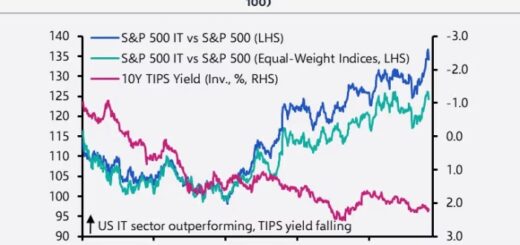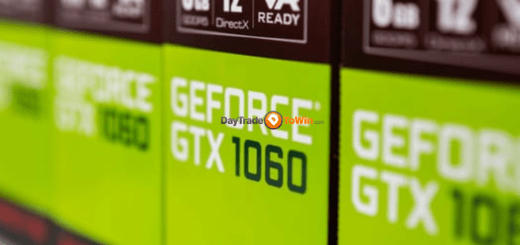Master Risk-to-Reward with NinjaTrader
Successful trading hinges on effective risk-to-reward trade management. At Day Trade to Win, we emphasize price action strategies that empower traders to make informed decisions without relying on conventional indicators like moving averages or MACDs. In this post, we’ll explore essential aspects of risk management, trade entries, profit target multiples, and common mistakes to avoid.
Understanding Risk-to-Reward Ratio
Before placing a trade, it’s vital to assess potential risk versus reward. The goal is to ensure that the potential reward is equal to or greater than the risk. This principle, often referred to as the 50/50 rule, suggests placing stop-loss and target levels equidistant from the entry point. Some traders adopt a 60/40 approach, where they accept slightly higher risk for lower rewards. The key is finding a balance that suits your strategy and market conditions.
Optimizing Trade Entries
Entering a trade at the right time is crucial. Instead of rushing in at the market price, traders should analyze price action for a better entry, reducing slippage and improving trade outcomes. Taking a few extra seconds to assess the market can significantly enhance profitability.
Dynamic Targets and Stop-Loss Adjustments
Since markets constantly change, using fixed stop-loss and target levels for every trade is not always effective. Instead, traders should adjust their stop-losses and targets based on market volatility. High volatility may warrant wider targets, while low volatility conditions may favor smaller targets.
Setting Profit Target Multiples
Instead of arbitrarily setting profit targets, traders should use structured approaches like the Sonic system to identify realistic price targets. Utilizing price action indicators ensures traders are making calculated decisions rather than guessing market movements.
Scalp vs. Swing Trading
Traders may adopt different styles based on their goals:
- Scalp Trading – Multiple trades per day with smaller profit targets (e.g., 4-8 ticks) and reduced stop-losses.
- Swing Trading – Holding positions for extended periods using larger timeframes (e.g., 15 or 30-minute charts) to aim for substantial profit targets.
Merging Strategies for Higher Probability Trades
Combining different trading techniques can enhance success rates. When multiple strategies align, confirming trade direction, the likelihood of a favorable outcome increases. Conversely, conflicting signals serve as a warning to avoid a trade.
Avoiding Common Trading Mistakes
Traders should steer clear of these pitfalls:
- Trading during high-impact news events.
- Entering trades too early in the session (first 10 minutes).
- Holding positions too close to the market close.
- Relying on lagging indicators instead of price action.
Leveraging Price Action for Trade Decisions
Traditional indicators often fail to adapt to market shifts because they rely on historical data. In contrast, price action strategies, such as the Roadmap software, track real-time price movements, helping traders spot entry opportunities and avoid false signals.
Precision in Entry and Exit Points
A single tick variation in entry price can cover commissions and boost profitability. Entering a tick or two better than the provided signal minimizes stop-loss size and enhances potential profits.
Live Trading & Market Adjustments
Live trading sessions on YouTube and the Day Trade to Win blog allow traders to see real-time market fluctuations. Entry positions should be adjusted based on retracement expectations. While predicting exact retracements is difficult, improving entry price by a few ticks can significantly improve risk management.
Managing Risk and Avoiding Overtrading
With the Sonic system, traders must recognize when to stop. A general rule of thumb:
- If profitable after 3–4 trades, consider stopping for the day.
- Overtrading increases exposure to losses.
- Consecutive wins may indicate a trend continuation, increasing the probability of further success.
ATR-Based Profit Targets
Average True Range (ATR) dynamically adjusts profit targets based on market conditions. A four-period ATR offers the most up-to-date market volatility insights to:
- Identify market fluctuations.
- Adjust targets accordingly.
- Set optimal stop levels to limit losses.
Traders can tailor ATR settings to match their trading styles:
- Higher ATR multiples (e.g., 5x ATR) suit swing traders looking for larger gains.
- Lower ATR multiples (e.g., 0.5x ATR) work well for scalpers who prefer quick trades.
Trade Timing & Management
- 1x ATR trades should ideally conclude within 15–20 minutes.
- Larger ATR multiples demand patience but yield greater rewards.
- Time-based stops help exit stagnant trades before they turn unprofitable.
Utilizing the Roadmap Software
The Roadmap software helps traders avoid false signals by pinpointing profit-taking levels. If a market shows signs of profit-taking, it’s best to avoid entering trades in that direction. The software also identifies critical zones where large traders exit positions, preventing unnecessary risks.
Recognizing and Preventing Overtrading
One of the biggest trading mistakes is overtrading. Traders should limit themselves to three to five trades per session to maintain profitability and avoid unnecessary risks.
Understanding Market Retracements
If the market moves sharply without retracing, it’s better to let the trade go rather than chasing it. The Sonic system is designed to offer better price entries. If a retracement doesn’t occur, waiting for the next opportunity is the smarter approach.
Conclusion
Applying these risk-to-reward trade management principles, such as optimal entry points, ATR-based trade strategies, profit-taking awareness, and disciplined trade frequency, can significantly improve trading performance. The combination of the Sonic system and Roadmap software equips traders with the tools needed to navigate the markets effectively.
For more expert insights, visit Day Trade to Win and sign up for a free membership to access valuable trading resources.




